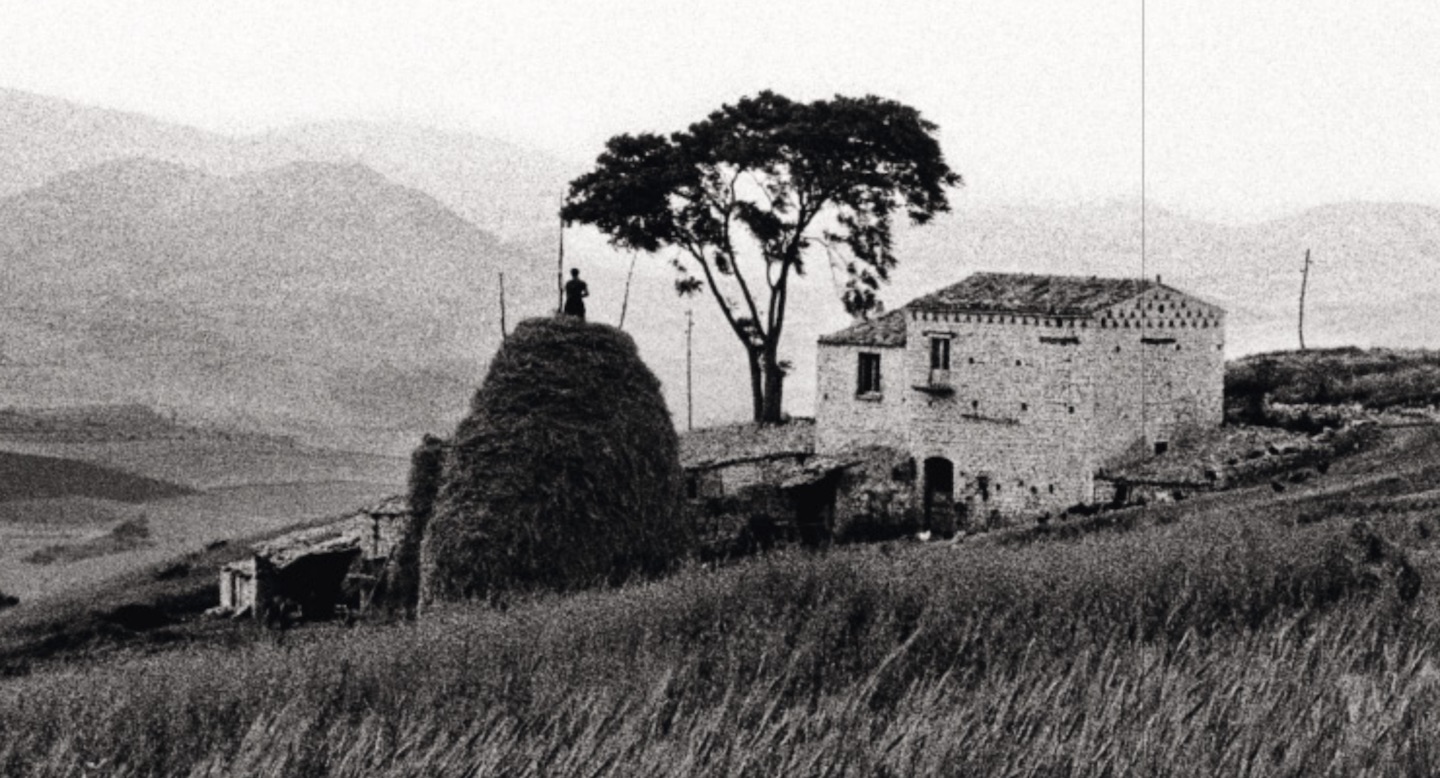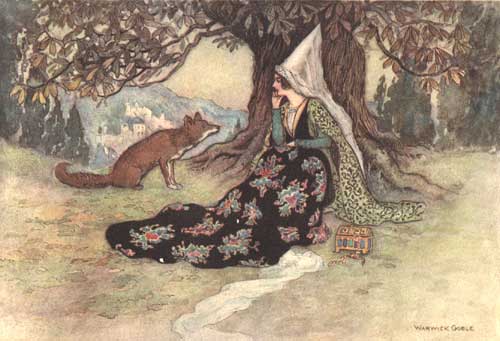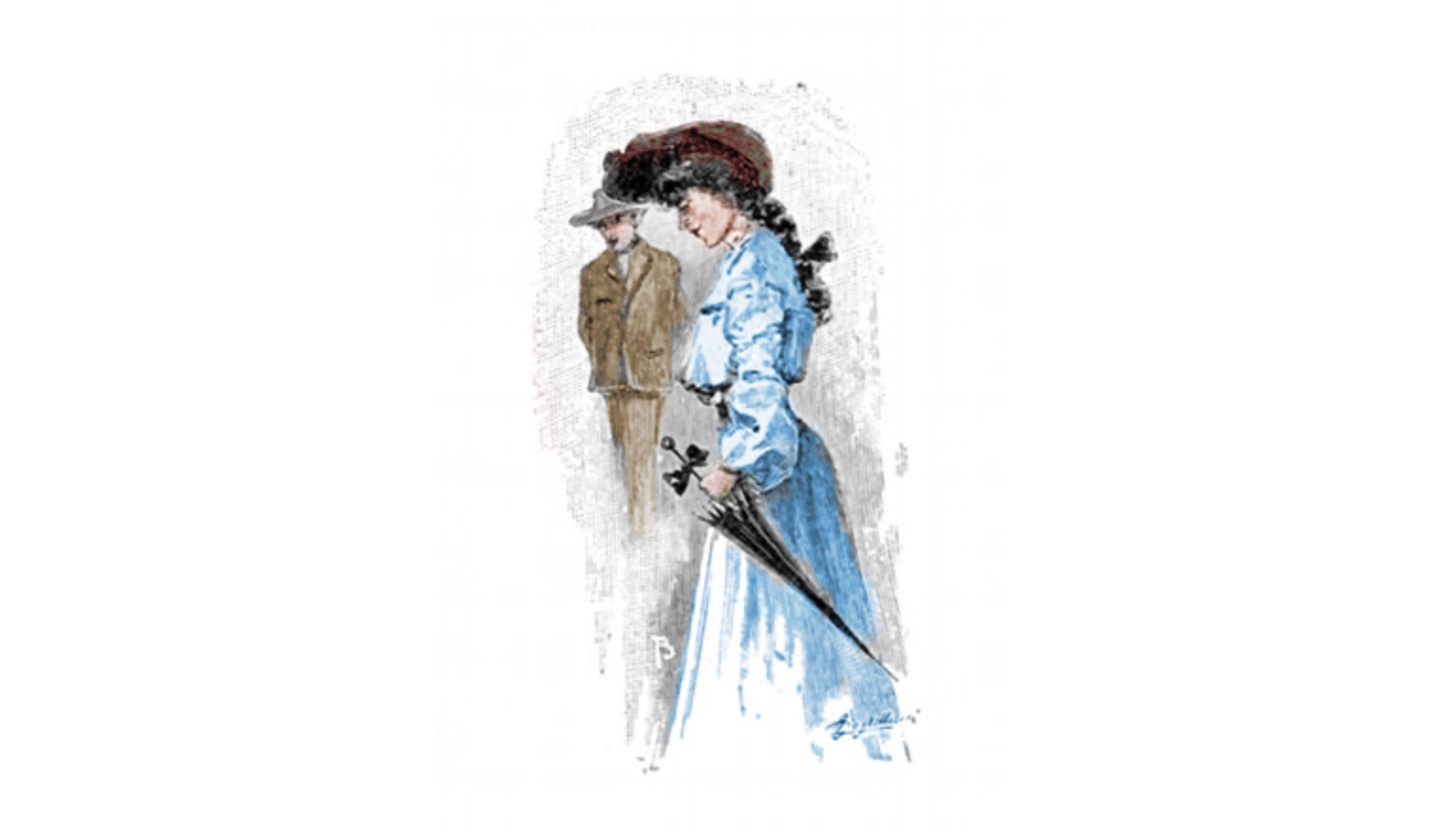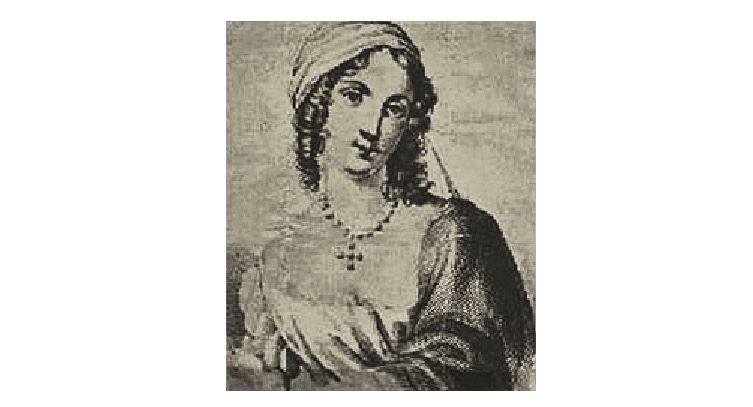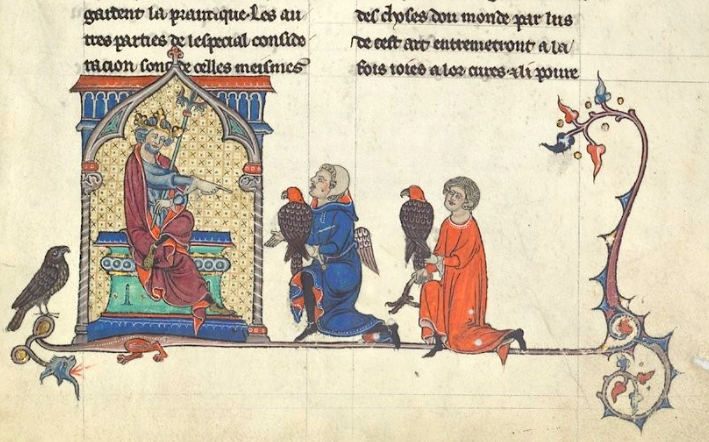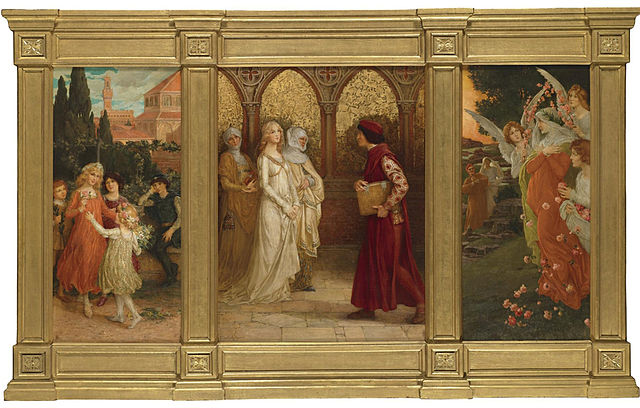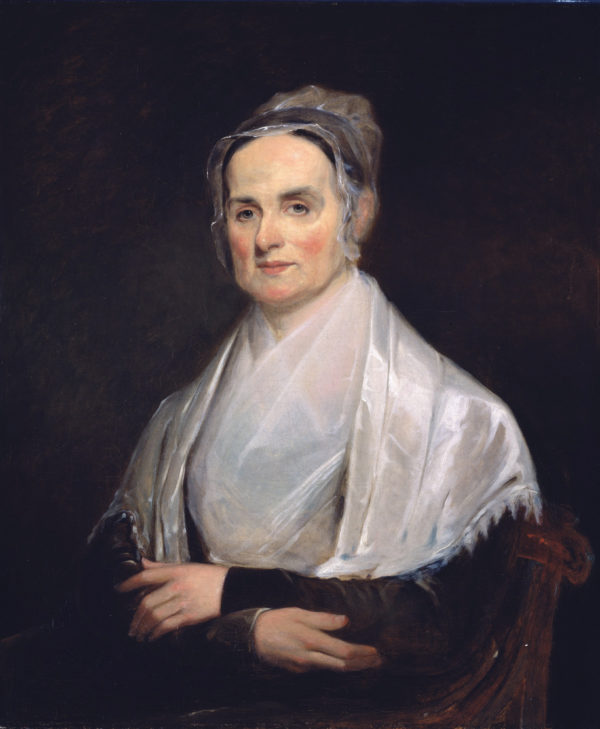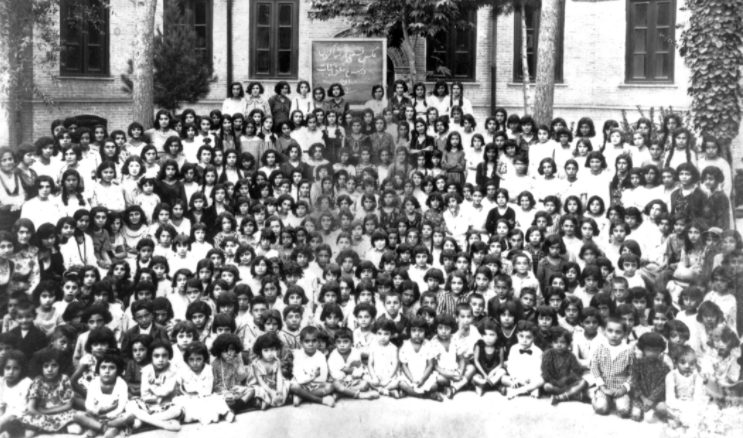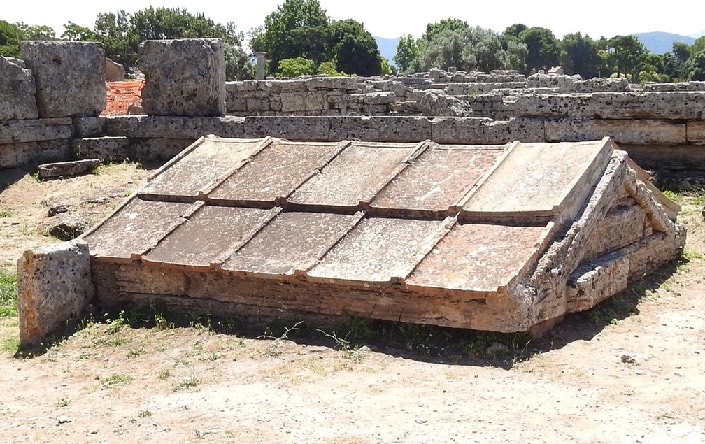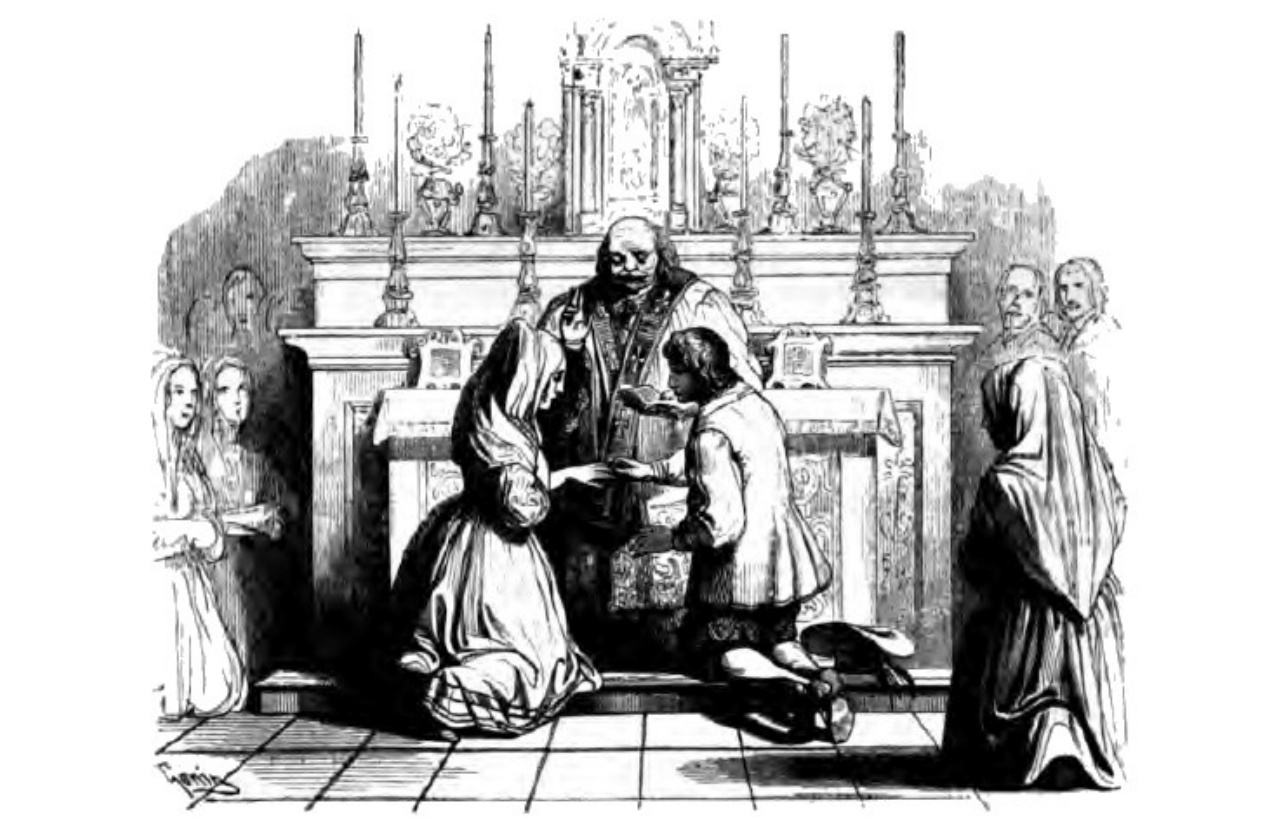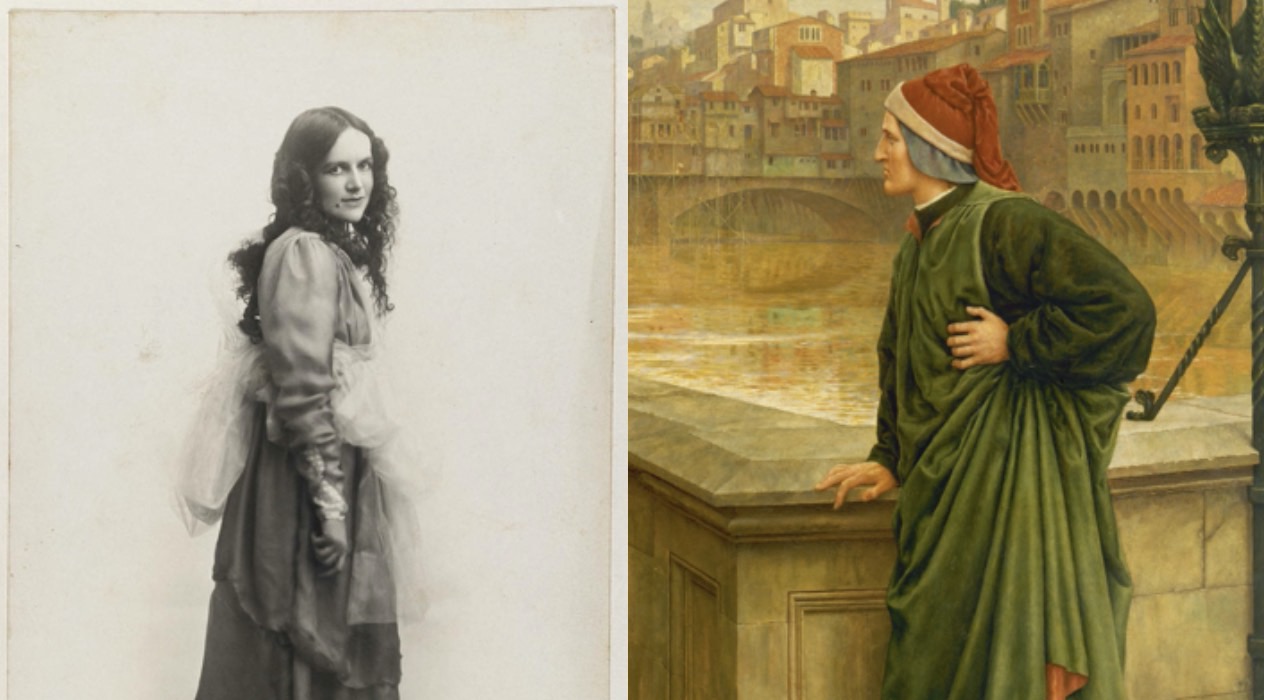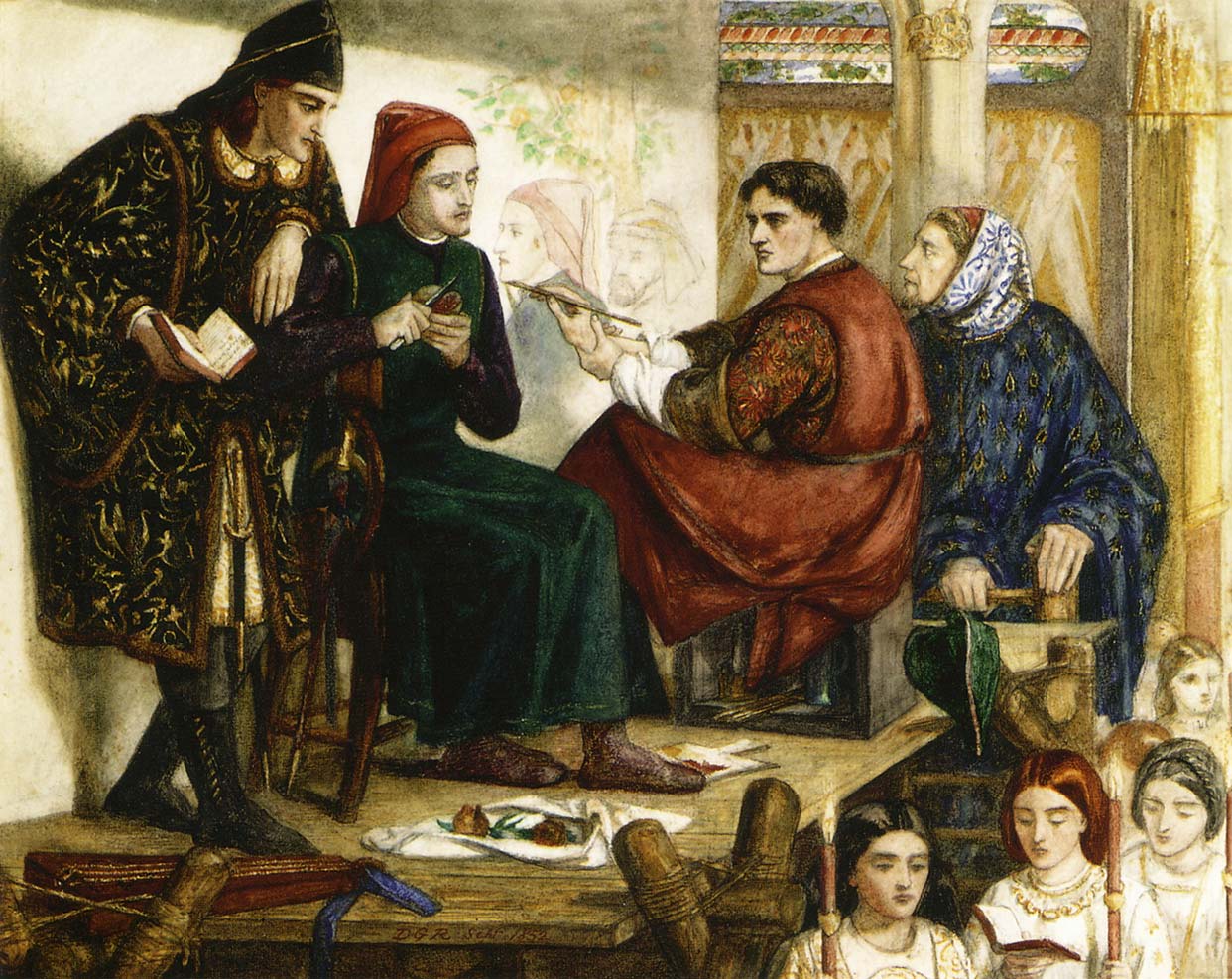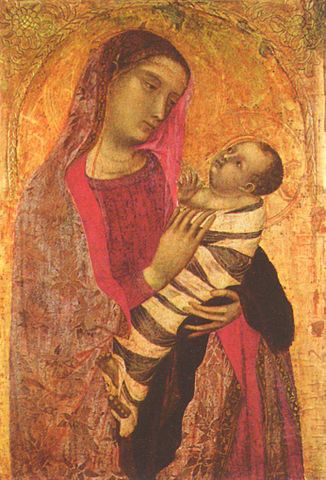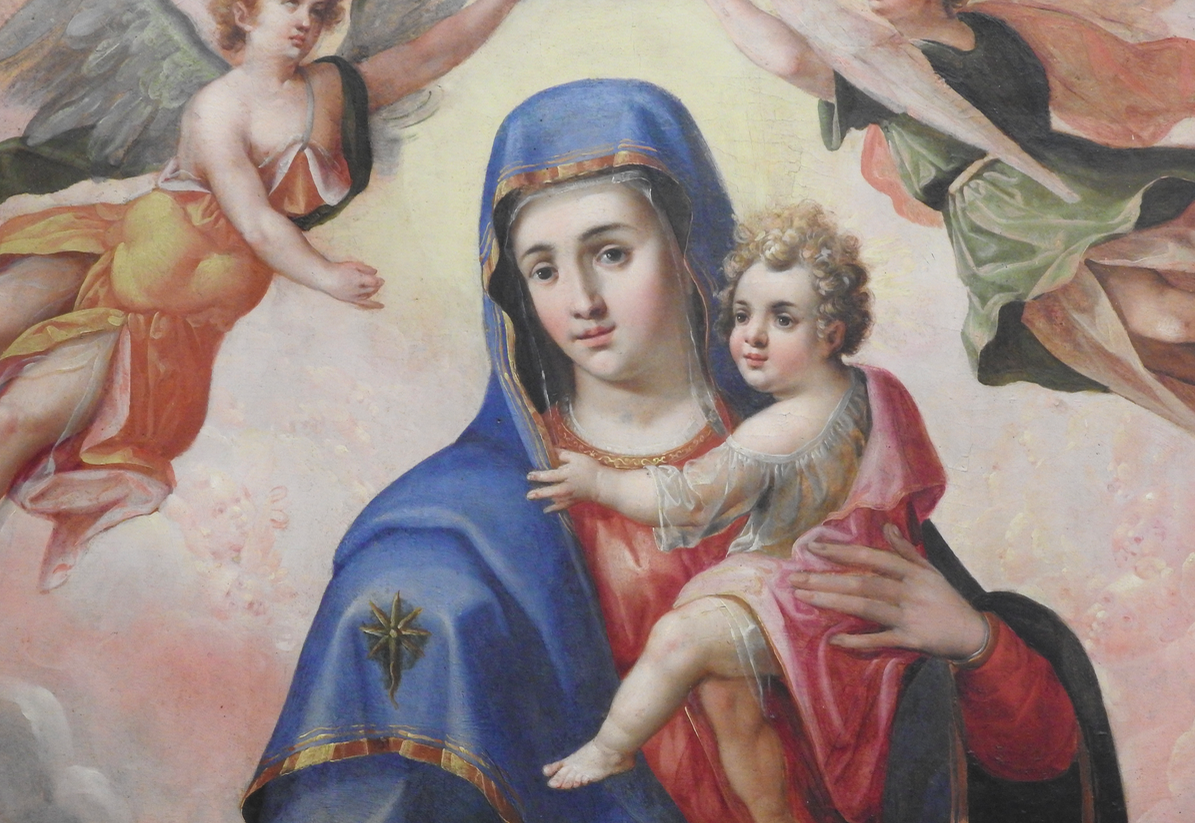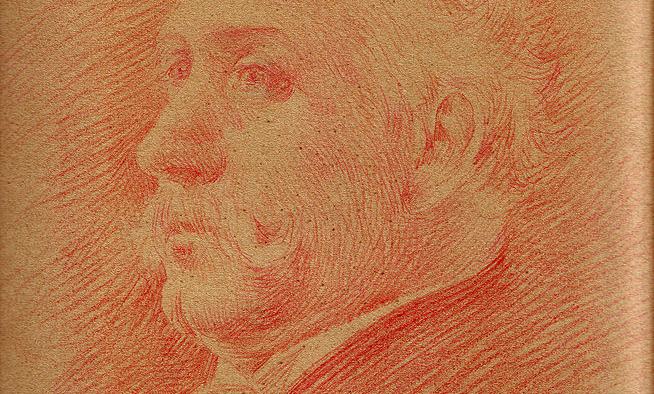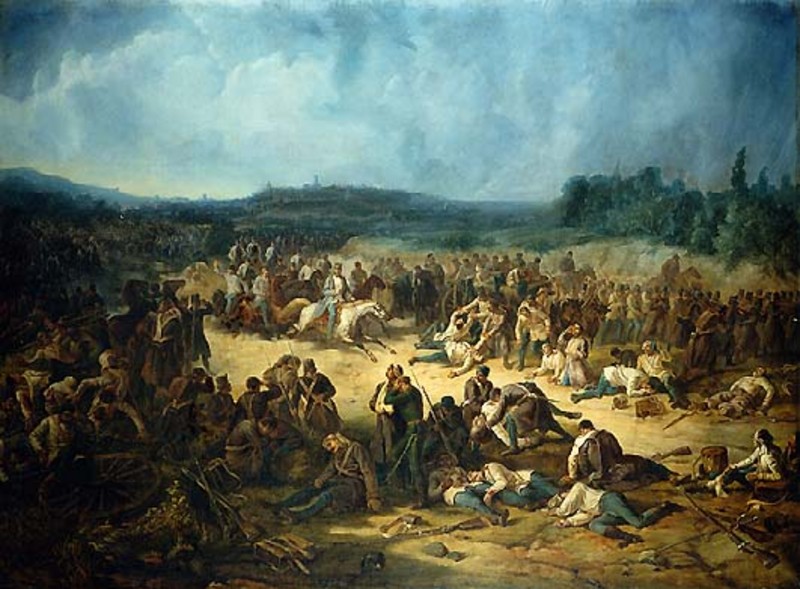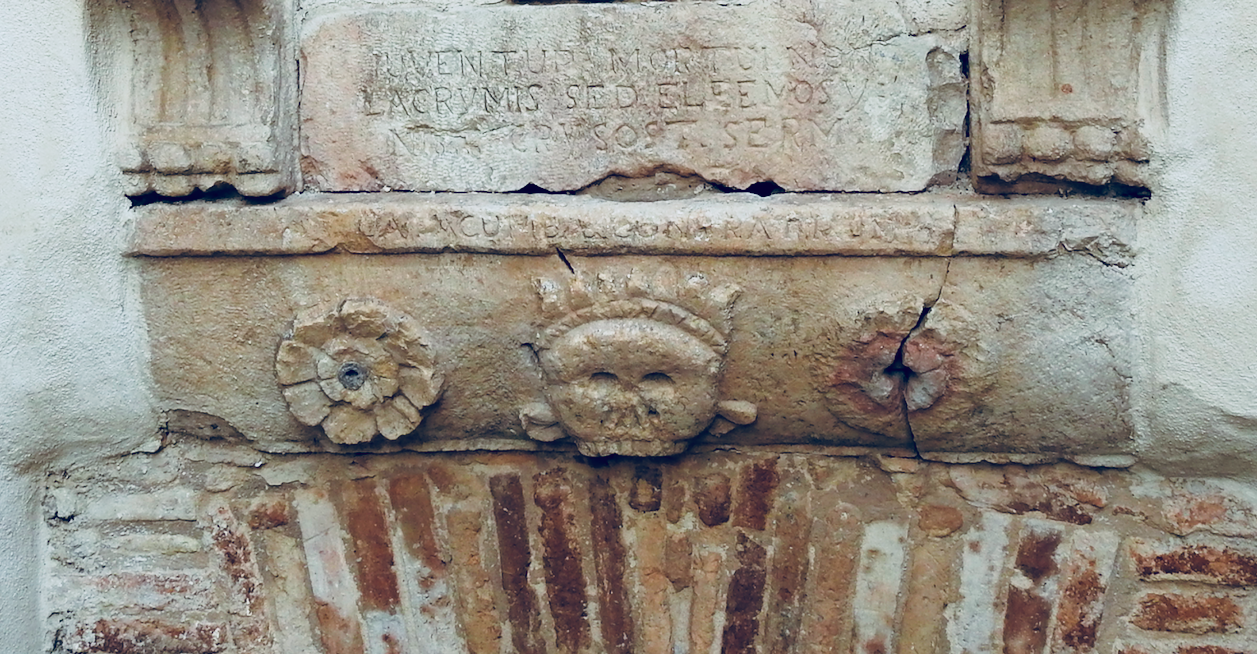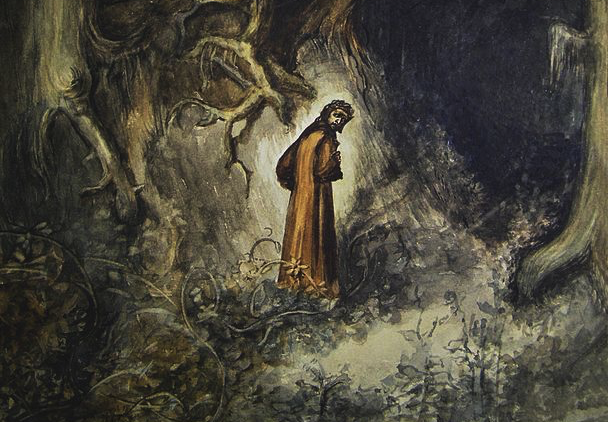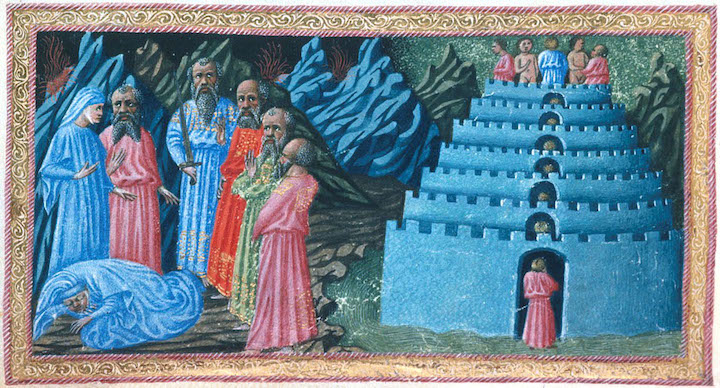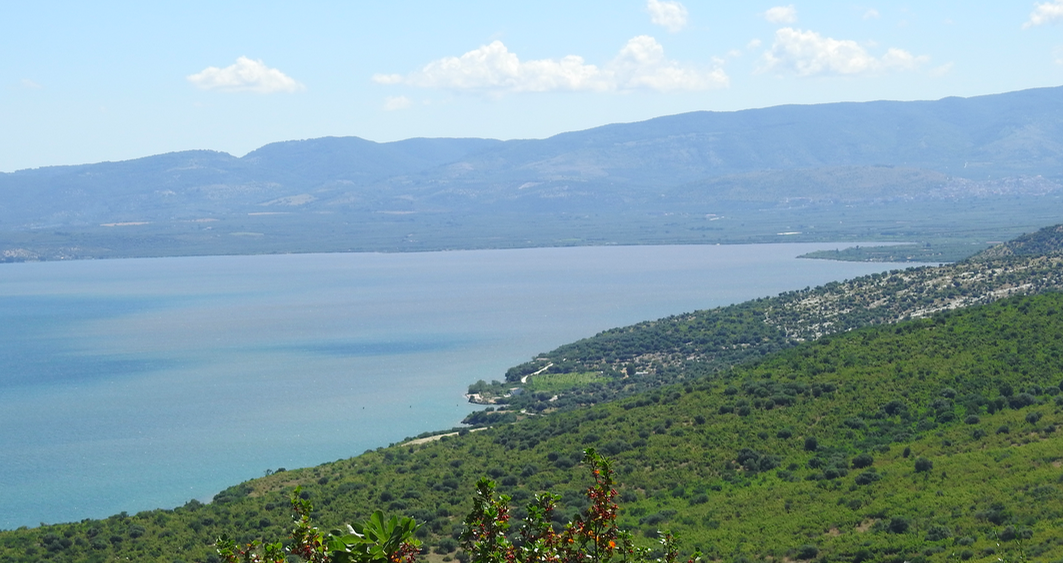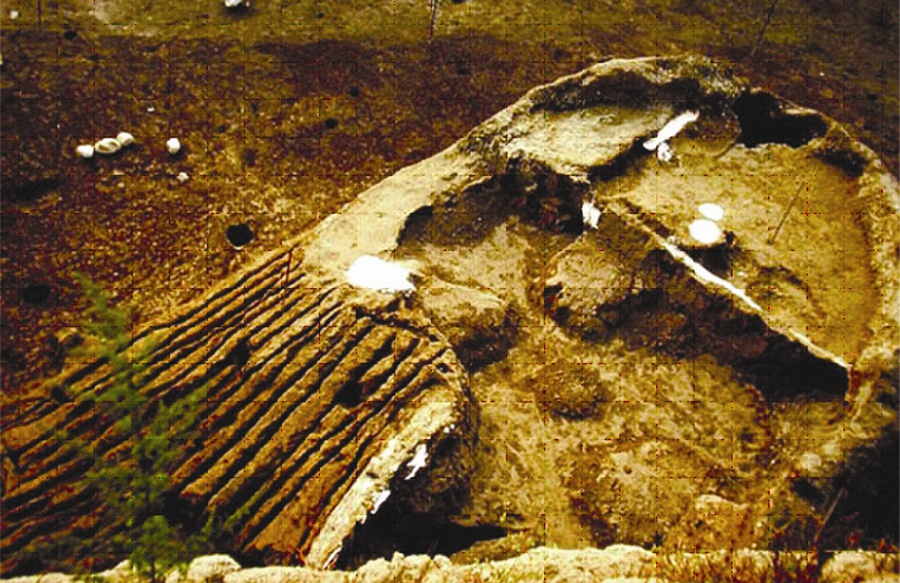Italy - History
-
Lacedonia – Frank Cancian’s Pictures of a Disappearing World
In 1957, it must have been a trip of a lifetime. Frank Cancian was going to Italy. An American student, child of Italian immigrants, he had won a Fullbright scholarship. The project would combine his love of photography and his studies in anthropology. He would use his camera to document the life of Lacedonia, a town in the hills of Avellino. To reach Lacedonia you have to climb into the Apennines to the east of Naples. In ancient times this had been the land of the Samnites, Rome’s bitter enemies, who had long resisted conquest. Later it became the border lands of southern Lombard duchies before the Normans placed their…
-
Isabella’s Castle Prison and Her Poetic Escape
Isabella di Morra looked out from a height. Below, in a deep chasm, flowed a river. Her river, the Sinni. Isabella turned her eyes to the sea, searching the horizon for a ship. It was the ship that would carry her free from her prison, her own family’s castle. D'un alto monte, onde si scorge il mare,miro sovente io, tua figlia Isabella,s'alcun legno spalmato in quello appare,che di te, padre, e mi doni novella, ...From a high mountain, where sea is seen,Often I gaze, Isabella, your daughter,For the gleam of any glistening beam,Which of you, father, brings news across water ...Ch’io non veggo nel mar remo né vela (così deserto…
-
The Lost Cities of Ancient Apulia – South-East Italy
When we read stories of ancient pre-Roman Italy, often the point of view we absorb is that of the Greek city-states of southern Italy, or of their later Roman neighbours. Virtually no written material except the Greek or Roman has survived the ancient period. This is despite writing having spread to their neighbours. To the extent that other peoples of ancient Italy appear in the written record, they do so as “decoration” in Roman and Greek centred stories. The peoples of Ancient Apulia are a case in point. The Greek and Romans often described the people around them as “tribal” and led by kings or chiefs. From the seventeenth to…
-
Dante’s New Love Life: the Vita Nuova
The love poets of Dante’s day told everyone they were in love: but always kept the name of their beloved secret. Dante however, names Beatrice as his love. In telling us of her, he has made her immortal. Gemma di Manetto Donati, Dante’s actual wife, he never once mentions and she is virtually unknown. Before we jump to conclusions about what this might mean let us learn more about Dante’s love life. Vita Nuova Dante’s Vita Nuova (“New Life”), which is Dante’s best known work as an early poet, is all about “love”. Dante recounts for us a love story and he is the lover and Beatrice the beloved. Some…
-
The Fifty-Three Known Forefathers of the Italian People: Latest Discoveries
This is a story about Italian y-DNA. But putting it that way is misleading. For there is not a single coherent story of “Italianness” that stretches back in time. And that story is almost inseparable from the stories of the surrounding populations with which developments in Italy are intimately connected. But it is the case that the science of genetics is gradually unfolding a richer picture of the past than was known before. If we go back far enough (thousands of years) we find (along the patrilineal line) that virtually all Italians are descended from only fifty-three men. Why there are so few, we will see below. Casual labels are…
-
Baby Wrapping – Traditional Baby Swaddling in Italy and Beyond
Baby wrapping or traditional baby swaddling is an ancient practice that was once widespread in Italy and much of Europe and the Mediterranean. It was still used in baby care in parts of 1960s Italy. How did this custom of baby wrapping arise? The image above, in which the baby is in a bassinet at a spinner’s feet, involved wrapping a newborn in a long broad strip of cloth that constrained the movement of the baby with its legs straightened out and its arms by its sides. This particular image comes from a 12th century English illustration for the Hunterian Psalter. Swaddling is still used today throughout the world to…
-
“Tutti fratelli”: Solferino, Italy and Humanity’s Wounds
Henri Dunant had come to Italy on business. But when he arrived in northern Italy he instead witnessed the Battle of Solferino. Here the armies of the French and Austro-Hungarian Empires and of the Kingdom of Sardinia were engaged in a great battle to decide who would rule in the Po Valley (a crucial step in the birth of Italy as a country). When Henri Dunant saw the tens of thousands of wounded in the fields after all was over, his heart filled with compassion for his fellow human beings. He organised care for the wounded. Realising the need, he went on to contribute to the founding of the International…
-
Dante and the Invention of the Italian Language
“Italians speak Italian”. It seems obvious. Yet not too long ago neither were there any “Italians” in the way we understand it today; and nor was there a single “Italian” language. It is indeed little known that when the country of Italy did finally come into being in 1861 about 2.5% of her people spoke what we today call Italian. Even up until 1951, less than 20% of Italians used Italian exclusively in their daily life. Indeed, until the most recent generations, Italian was, at best, a second language for most Italians. Their first language was their regional, and often local, language. The Italian National Institute of Statistics reported that…
-
Ancient Italy: The Arrival of Agriculture and the People from the Sea: 6000BC
In ancient times the mountainous spurs of the Apennines ran down Italy’s spine and the Alps were piled at its northern end much as today. But if we had been present in the ancient neolithic we would have seen an Italy which was unlike anything we know today. The coastline would have been somewhat different, although that would not have been the most dramatic difference. Italy was blanketed with forests and this part of the world was wetter than it is today. It is 6000 BC; an era in which people from the sea arrived and brought with them agriculture. Millennia later Vesuvius would erupt. But the arrival of agriculture…
